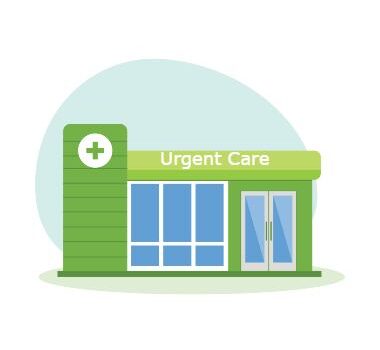Urgent Message: This narrative review of non-steroidal anti-inflammatory drugs (NSAIDs) characterizes the specific evidence-based indications, previous studies on dosing and route, and side effects of these medications. It supports NSAIDs as an important class of medications in the management of acute pain in urgent care and emergency settings. Campbell Belisle Haley, MD; Andy T. Hsueh, MD; Chih-Hsuan Chen, MD; Ariana M. Nelson, MD Citation: Belisle Haley C, Hsueh AT, Chen CH, Nelson A. NSAIDs in …
Read More









